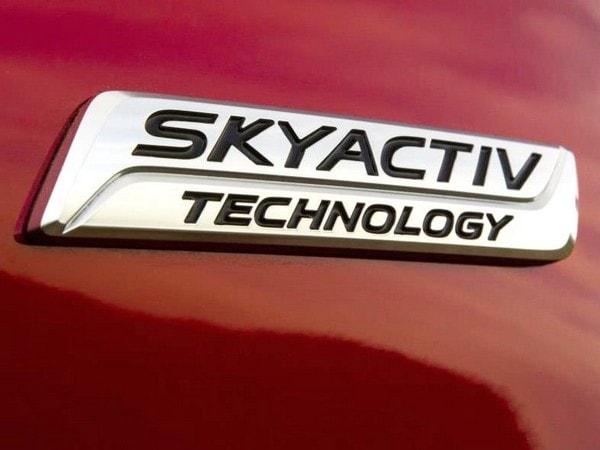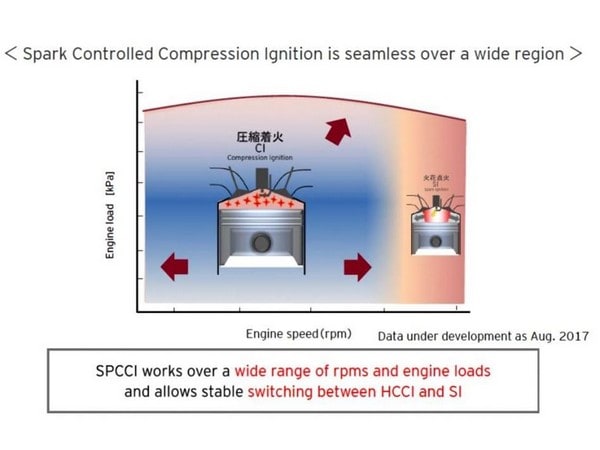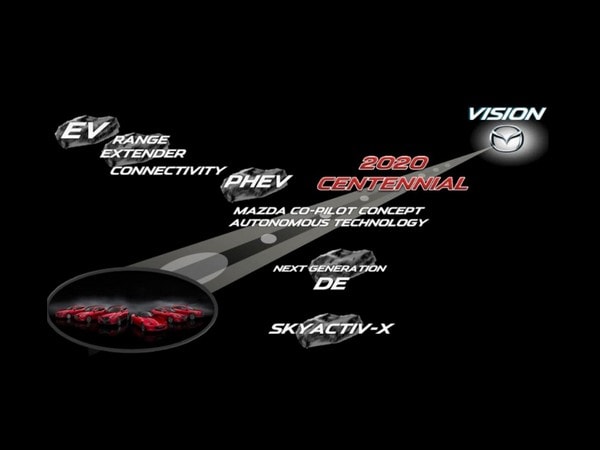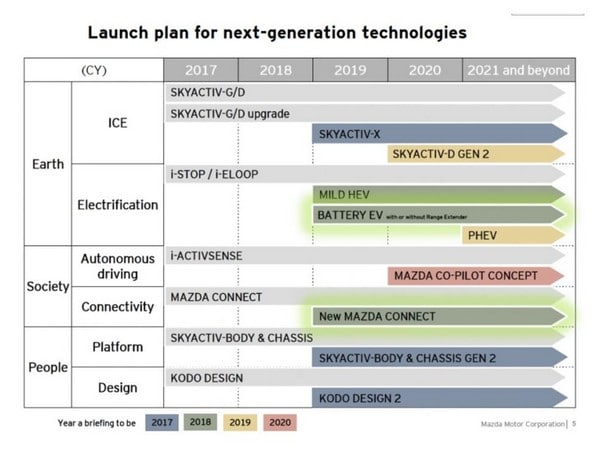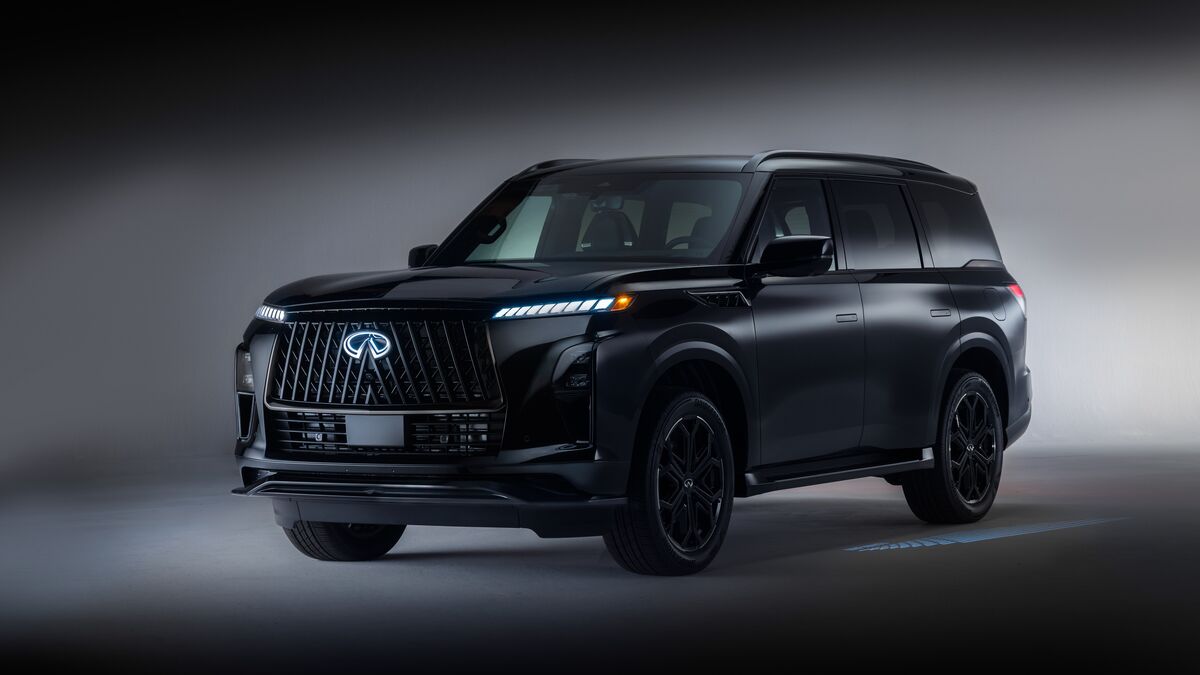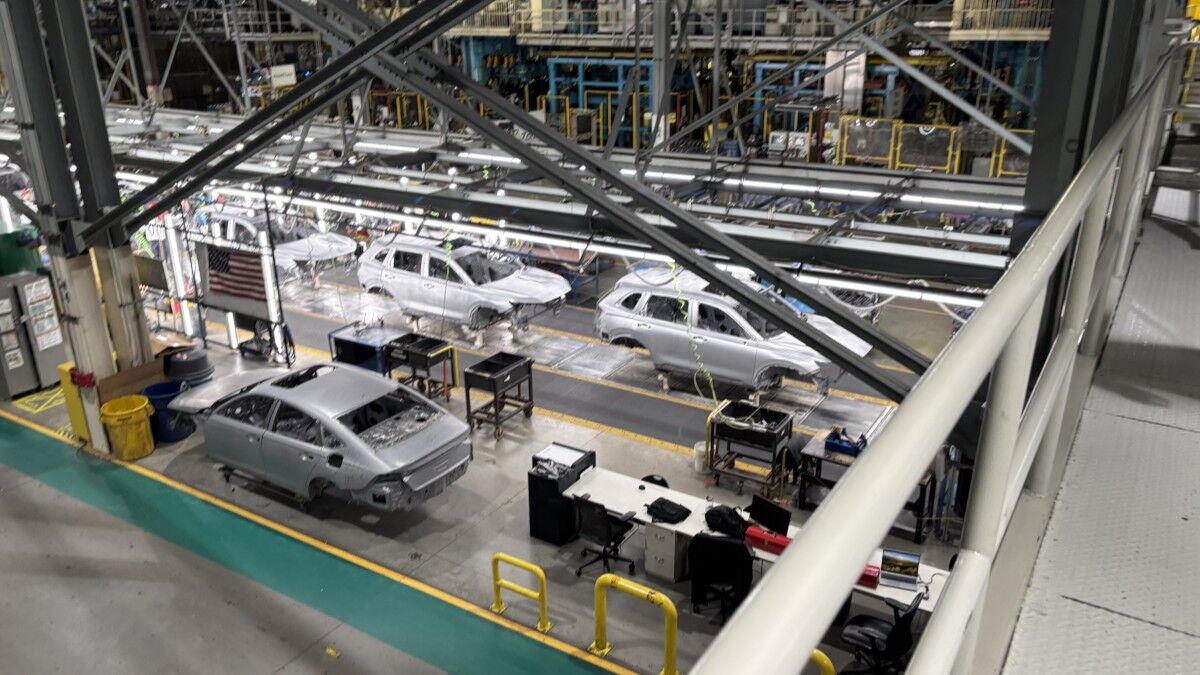Mazda Motor Corporation will introduce the world’s first commercial gasoline engine to utilize a compression-ignition as part of its Sustainable Zoom-Zoom 2030 vision. Set to hit the market in 2019 and offer 20- to 30-percent better fuel economy than the automaker’s current SkyActiv-G engines, the new SkyActiv-X engines will be the first gasoline-fired powerplants in which the fuel-air mix is ignited by heat generated from compression–as it is in a diesel–during certain operating modes. Mazda says the super-lean burn condition this creates coupled with a form of supercharging makes the new SkyActiv-X engines more efficient than its existing SkyActiv-D turbodiesels and also boosts peak torque by 10 to 30 percent compared to SkyActiv-G equivalent. Equally important, the technology will reduce total “well-to-wheel” carbon dioxide emissions over the vehicle’s entire life cycle.
Also: Get your first look at the new and redesigned cars of 2018
This radical design, which Mazda calls Spark Controlled Combustion Ignition, is similar in concept to the HCCI (Homogeneous Charge Compression Ignition) systems currently being developed by Daimler-Benz and General Motors, among others. It employs a conventional spark plug to ignite the mixture when the engine is running either too hot or too cold and also fine-tunes the transfer to the pure compression ignition process to take full advantage of the benefits provided by SCCI. Finding ways to effectively and precisely manage those transitions has proven to be one of the major challenges standing in the way of implementing HCCI technology. Although Mazda has yet to confirm it, rumors have the Mazda3 as the first vehicle to be fitted with this new SkyActiv-X engine and that a concept with SCCI could debut at the Tokyo Motor Show.
Electrification, autonomy and enhanced safety, too
While its SCCI engine tech is the highest-profile element to come out of the Sustainable Zoom-Zoom 2030 presentation, Mazda also touched on a number of other items that are part of its master plan for creating a better automotive tomorrow. Beyond advancing internal combustion engines with an eye towards increased efficiency and reduced carbon dioxide by 2050, the automaker will introduce new electric/electrified vehicles starting in 2019. It also plans to continue developing its advanced safety technologies–including i-Activesense features that will start to become standard equipment throughout its vehicle portfolio in 2018. On the autonomous front, Mazda indicated its human-centered Co-Pilot Concept will appear in 2020 and that technology is slated to be rolled into the lineup as standard issue by 2025.
More Mazda News:
2018 Mazda Mazda3 Updates: Accent on Value
